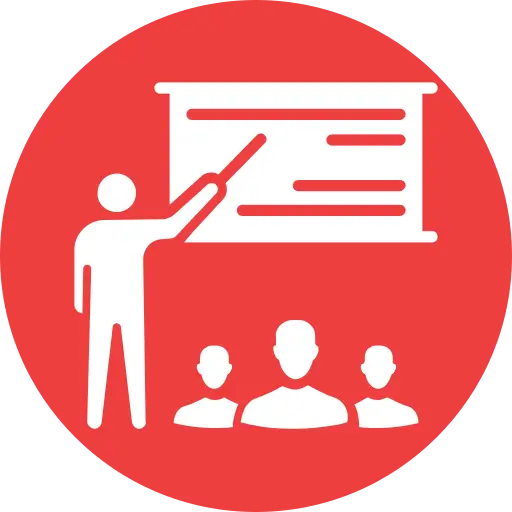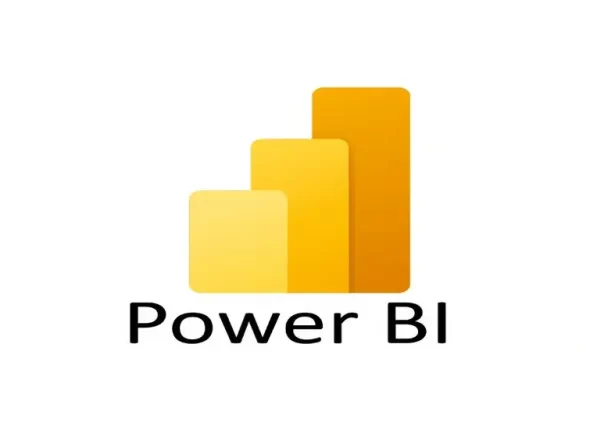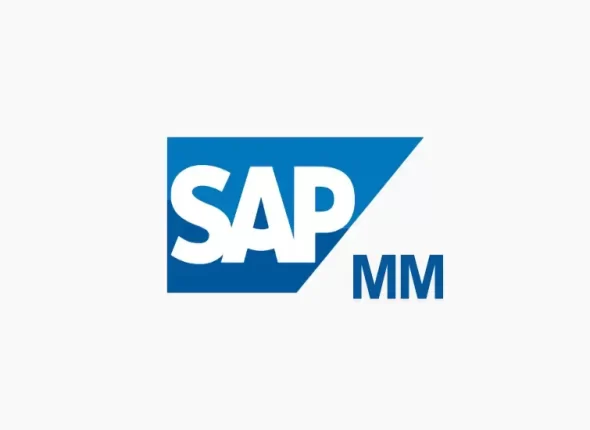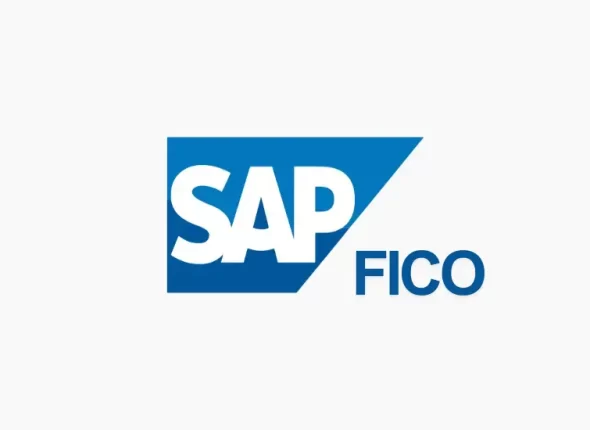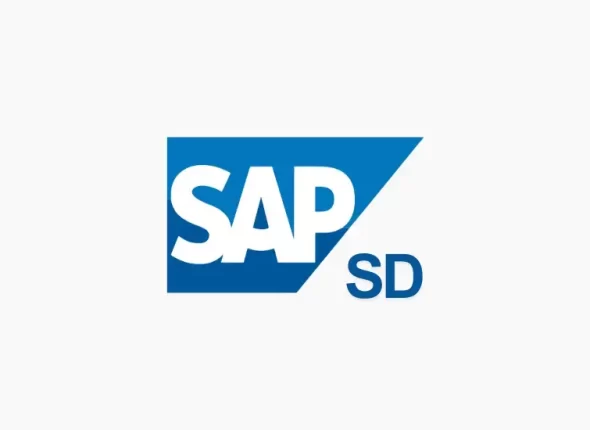Course description
Are you looking to build a career in SAP development or enhance your existing skills? Our SAP ABAP (Advanced Business Application Programming) course is designed to equip you with in-depth technical knowledge and hands-on experience to excel in the SAP ecosystem.
Why Choose This Course?
Job-Oriented Curriculum
Learn industry-relevant skills that make you job-ready.
Hands-on Training
Work on real-time projects and case studies.
Expert Instructors
Learn from experienced SAP professionals.
Certification Support
Boost your resume with a recognized certificate.
Flexible Learning
100% online, learn at your own pace.
What You’ll Learn?
1. Introduction to SAP & ABAP Programming.
2. Data Dictionary & Internal Tables.
3. ABAP Reporting (Classical, Interactive, ALV Reports).
4. Dialog Programming & Module Pool.
5. Smart Forms.
6. Enhancements & Modifications (User Exits, BADI, BAPI).
7. Debugging, Performance Optimization & Best Practices.
8. Basics of S/4HANA & ABAP on HANA.
Who Should Enroll?
• Freshers looking to start a career in SAP development.
• Working professionals who want to upskill in SAP ABAP.
• Functional SAP consultants wanting to gain technical expertise.
• Anyone looking for high-paying SAP job opportunities.
Development Tools
ABAP Workbench
The integrated development environment within SAP GUI where developers write, test, and debug ABAP code.
Eclipse-based ABAP Development Tools (ADT)
Provides a modern development environment with features like code completion, syntax highlighting, and version control integration.
Evolution
ABAP Objects
An object-oriented extension to ABAP introduced to support modern programming paradigms, making it easier to develop and maintain large-scale applications.
SAP S/4HANA
With the advent of SAP S/4HANA, ABAP has continued to evolve to leverage the in-memory capabilities of the HANA database, resulting in optimized performance and new programming models.
1. SAP Architecture
- 2 Tier, 3 Tier or R/3 Architecture
- SAP ABAP work Process, Types of Work Process, Dispatcher, LUW (Logic Unit of Work)
- SAP Login, types of SAP Environment system (Development, Quality, Production)
2. Data Dictionary
2.1 Table
- Data type, Data Element, Domain
- Data Element VS Domain
- Table, Types of tables: Transparent Table, Pool Table, Cluster Table
- Table Maintenance Generator (TMG)
- Delivery class, Data class and size category
- Buffering, types of buffering
- Value table, Check table
- Value table VS Check table
- Difference between Table and Structure
- Include and Append Structure
- Difference between Include and Append Structure
2.2 View
- Definition of View.
- Database View
- Projection view
- Maintenance view
- Help View
2.3 Type Group
- Type Group Definition
- How to create a type group
2.4 Search Help
- Elementary Search help
- Collective Search Help
- Use search help with table
2.5 Lock Object
- Different Types of Lock
3. Report
3.1 Basic Report
- Design of selection screen
- Selection screen design of block with frame title
- Parameter: single input, radio button, check box
- Dynamic selection screen
- Message types
- File operation on application server
- Events, Types of Events
- Control break statement
- Report Transaction and Variant
- Fore Ground / Background Execution
- Debug the program
- Declaration of Types, Data definition
- String Operation
- Character operation
- Work Area
- Internal Table
- Declaration and Various operation on internal table
- Different types of internal table
- Field-Symbol
- OPEN SQL
- FOR ALL ENTRIES
- JOINS, Types of Joins
- Interactive Report
- ALV Report
- Dynamic display of content from different table
3.2 Modularization Techniques
- Include
- Subroutines
- Function Modules, Types of function module(Regular, Update, RFC)
- Code Redundancy handling
3.3 BATCH JOB
- Schedule Background Job
- debug the background job
4. Query optimization and Performance tuning
- EPC Check
- ATC
- Code inspector
- Parallel cursor
- Best practice for performance improvement
- Trace operation
5. BDC (Batch Data Communication)
- Transaction Recording (SHDB)
- Session Method
- Call Transaction
- Difference between session method and call transaction.
- Difference Between Transaction Method and session method
- ABAP Memory and SAP Memory
- File operation
- Code optimization, Subroutine, types of update and display mode
- Message handling, session message handling, modularization
- Table control
- Automatic execution of session method
6. BO and BAPI (Business Application Programming Interface)
- Business Object: Definition and use
- BAPI: How to use standard BAPI in program(Material Creation in mass)
- How to create Custom BAPI
- Difference between custom BAPI and FM
7. Module Pool Programming
- Module Pool Programming techniques
- Screen Painter
- Event Handling in Dialog screen Flow logic
- Sub-Screens, Table control & Tabstrip controls
- Confirmation Popups
- Drop Down and F4 Screen Fields (VRM_SET_VALUES)
8. Enhancement
- User-Exits, Function Exits, Customer Exit
- Menu Exits and Screen Exits
- Business ADD-Ins (BADI’s)
- Explicit Enhancement and Implicit Enhancement
- Enhancement Switch Framework
9. Smart Forms
- Layout designing
- Logo upload
- Bill to Ship to
- Driver Program
- How to handle Smartforms in different system
- Example for how to add amount/currency quantity
- Subtotal and total
- Display page number at footer
- debug smart forms
- Smartstyle
10. Interface
- ALE/IDOC (SAP to SAP)
- RFC(Remote Function call)
- Types of RFC: Synchronous RFC, Asynchronous RFC, Transactional RFC




